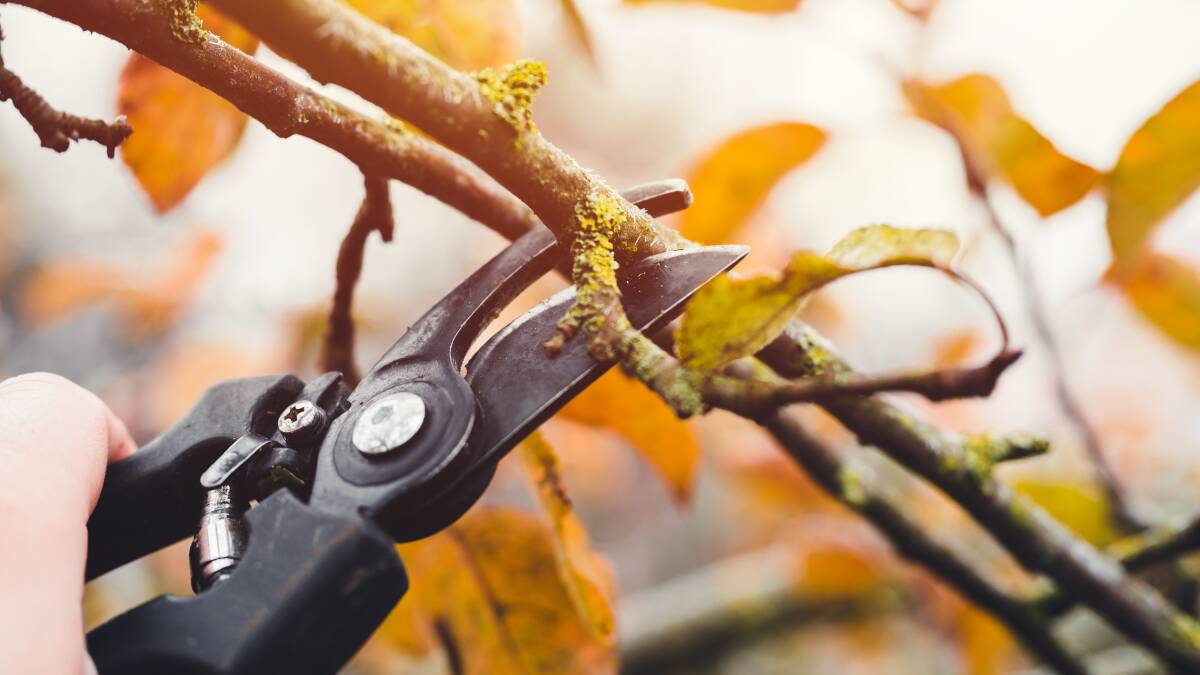
Pruning is a traditional task of winter gardening and simply put, pruning is the deliberate removal of plant parts.
Good pruning though, entails an understanding of the plant, its growth habit, and age of wood that flowers are produced on.
Each species of plant will respond differently to pruning and the winter dormant period is when most pruning is undertaken, although there are always exceptions to that rule.
You might also like:
Reasons for pruning
Plants are pruned for a range of reasons and a specific goal should be in the mind of the gardener when pruning any tree or shrub.
The most common reasons for pruning include: removing dead or diseased wood; directing growth of stems and branches; increase yields of flowers and fruit; reducing risk of branch failure; improving overall plant health; maintaining or improving plant shape.
Types of pruning
The type of pruning will depend on the type of plant. Generally the first type of pruning on any plant is dead wooding.
Dead wooding is simply the systematic removal of any diseased or dead wood prior to further pruning work. Dead wooding is particularly important for large trees where diseased limbs can pose a risk to property and people.
Crown thinning involves the selective removal of branches throughout the canopy of a tree. The aim is to reduce the load on the tree under adverse wind conditions.
Crown lifting raises the height of the main branches of trees. Lower branches are removed to allow for better access under the canopy. This type of pruning is not recommended on shrubs with multiple stems where foliage growth to ground level is more desirable.
Crown reduction reduces the height and spread of trees.
Heading back is commonly performed on shrubs and involves removing stems back to a set of buds of side branch to stimulate new growth, flowers or fruit.
With any type of pruning cuts are usually made to an outward facing bud. The plants wound response to pruning is to seal the cut area and generate new growth.
To ensure strong growth from the point of pruning requires a correct cut, which means all pruning cuts should be made with clean sharp tools.
Generally, in the case of shrubs make cuts 5-6mm above a bud and at an angle of 35-45 degrees sloping away from the bud.
Do not make pruning cuts any higher than this as 'stubs' can result in dieback.
Whatever pruning tools you decide on for the job, purchase quality tools, sharpen regularly, clean and maintain them in good order and they will serve you well season after season.

